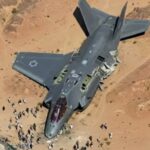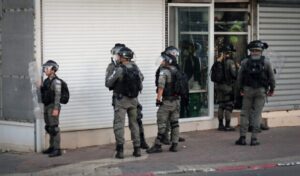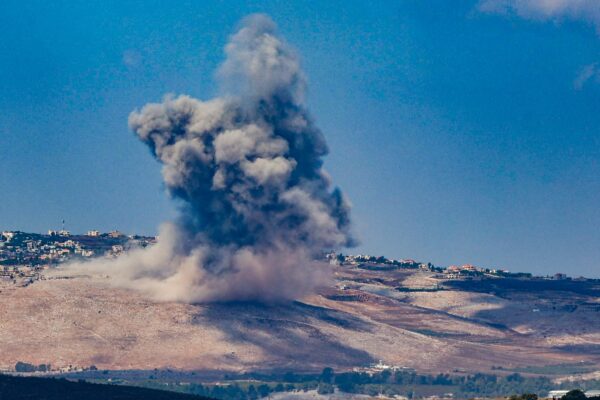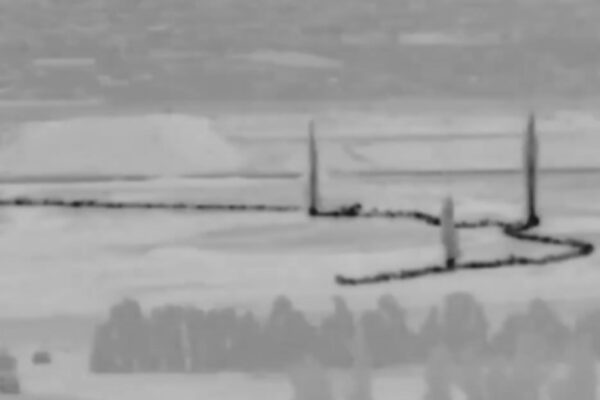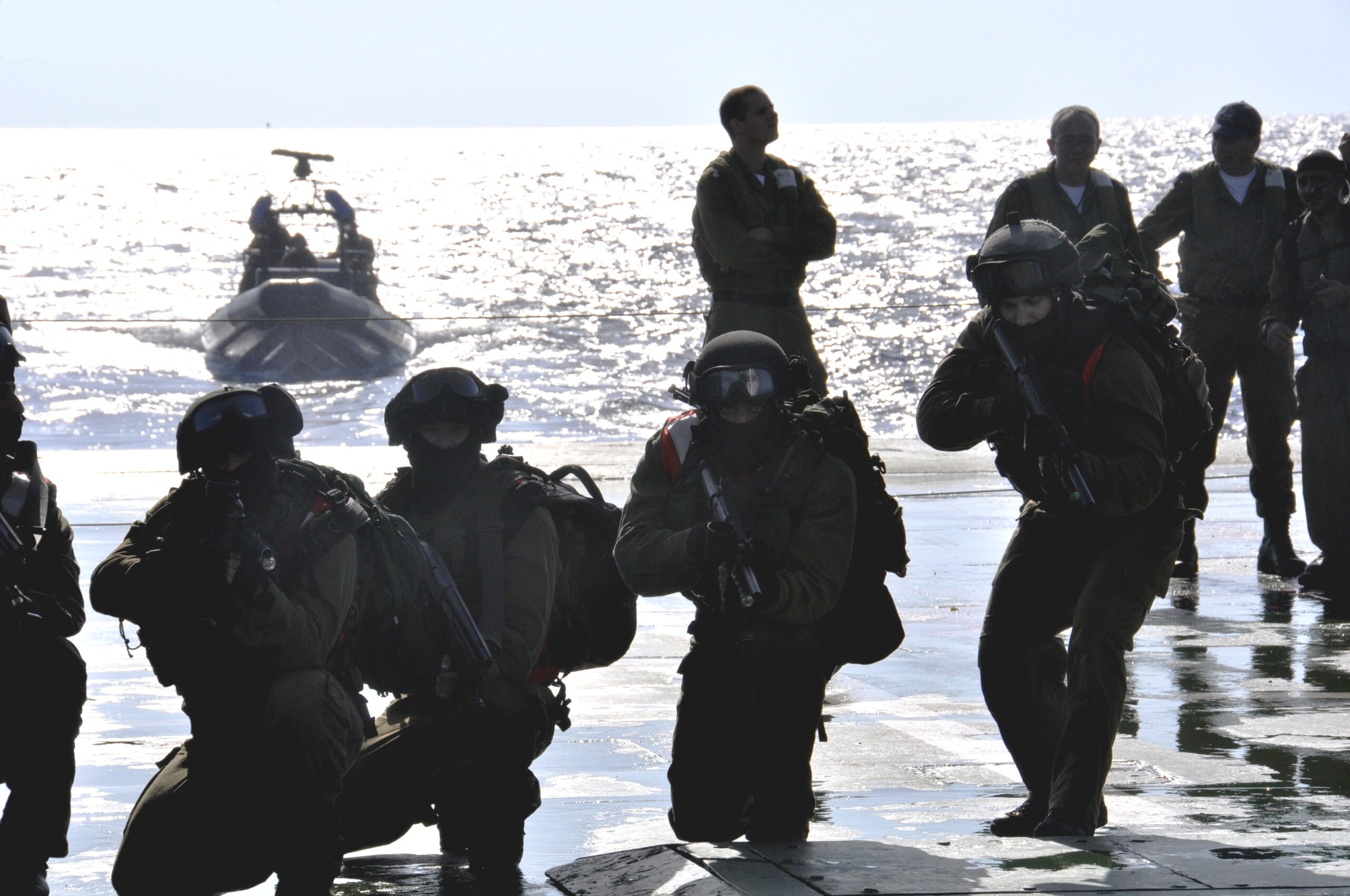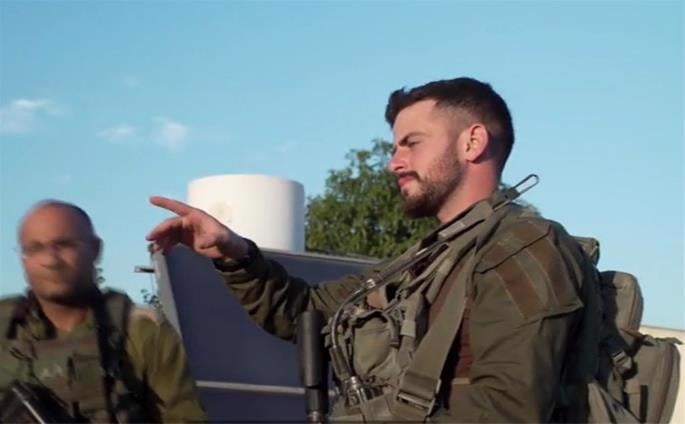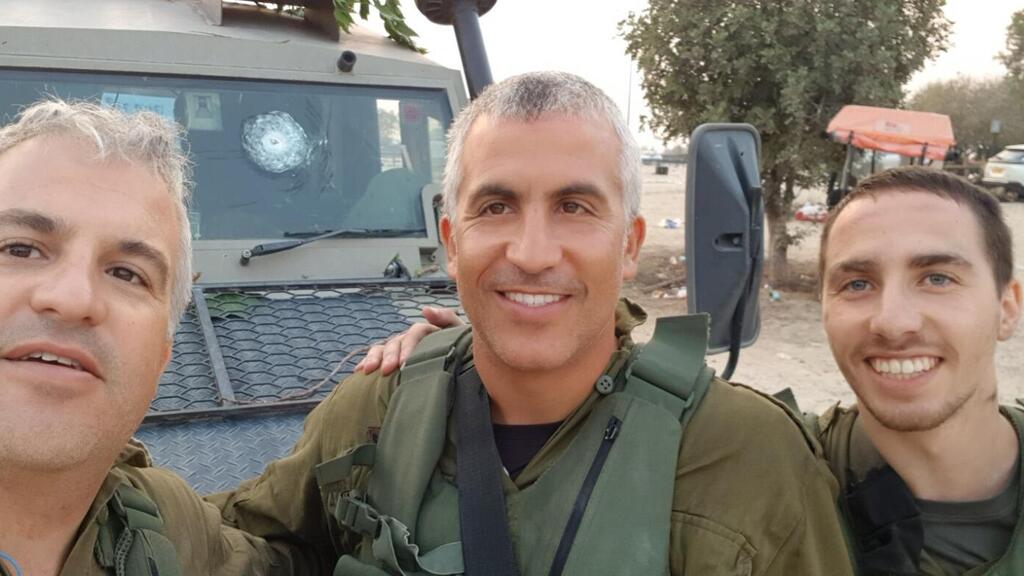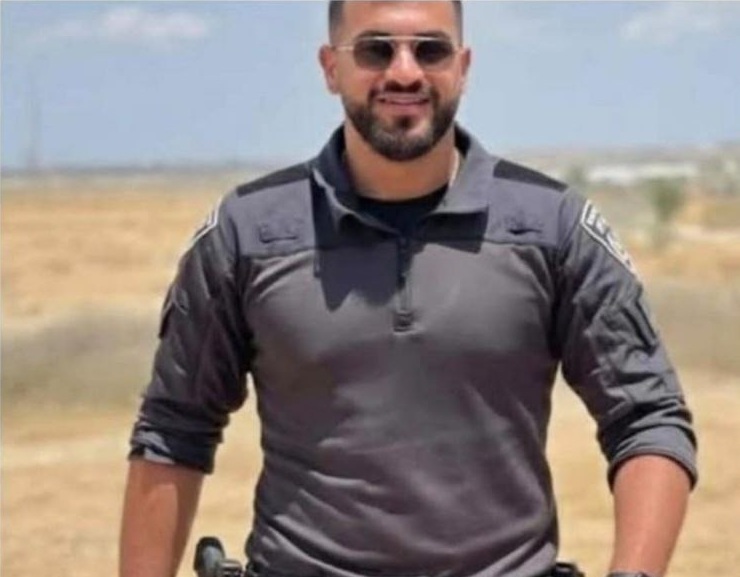Regular IDF forces will take the lead in combat zones, replacing reserve units in Judea and Samaria and much of Gaza.
By Hezy Laing
In a significant shift in Israel’s defense strategy, IDF Chief of Staff Eyal Zamir has announced a 30% cut in reservist deployments, signaling the beginning of a new phase in the military’s ongoing operations across Gaza, Judea & Smaria, and the northern border.
The decision comes in response to reservist fatigue, economic disruption, and logistical strain. Since the October 7, 2023 Hamas attacks, Israel has mobilized an unprecedented 450,000 reservists, many of whom have served multiple tours, with some completing seven consecutive rotations.
Under the new directive:
Regular IDF forces will take the lead in combat zones, replacing reserve units in Judea and Samaria and much of Gaza.
Only one reserve brigade will be newly deployed to replace those rotating out in Gaza.
In the northern sector, transitioning responsibilities will be more gradual due to continued tensions with Hezbollah.
The move is intended to ease the burden on reservists, protect national productivity, and support long-term military sustainability.
Zamir emphasized that the shift is not a reduction in commitment but a rebalancing of force structure to ensure readiness and resilience as the war continues.
This restructuring follows a brutal campaign that has so far claimed 888 Israeli lives, underscoring the urgency of maintaining morale and manpower without compromising operational capacity.
As Israel continues to defend its borders on multiple fronts, the IDF’s recalibration is being viewed as both a strategic necessity and a humanitarian consideration—recognizing the sacrifice of its reservists while preparing its regular forces for continued engagement.








